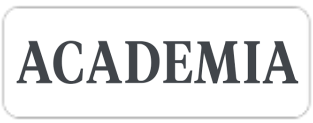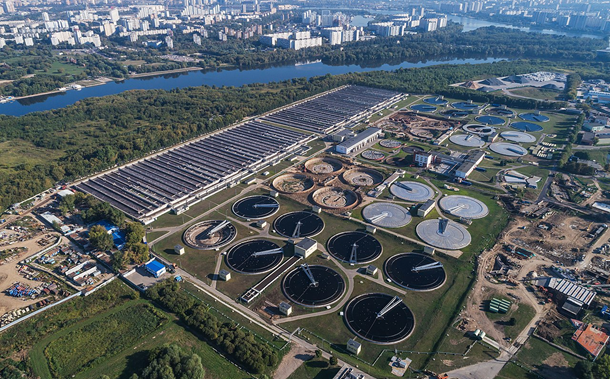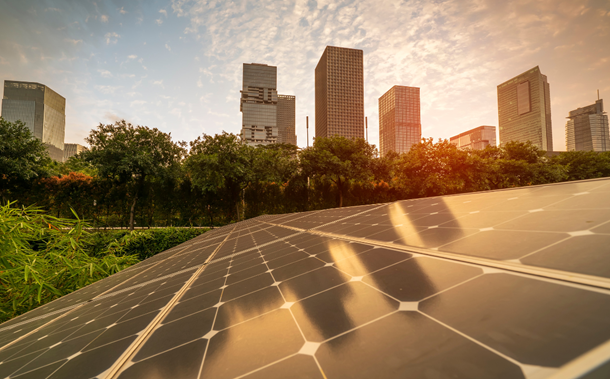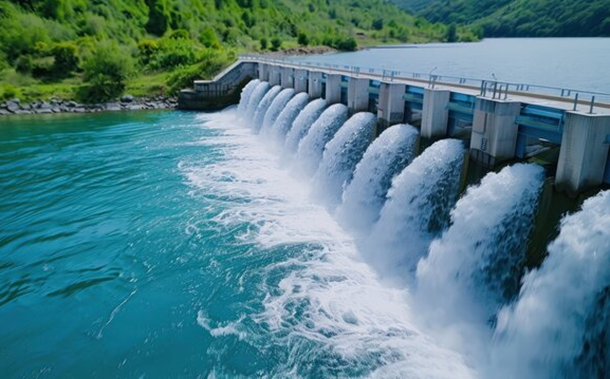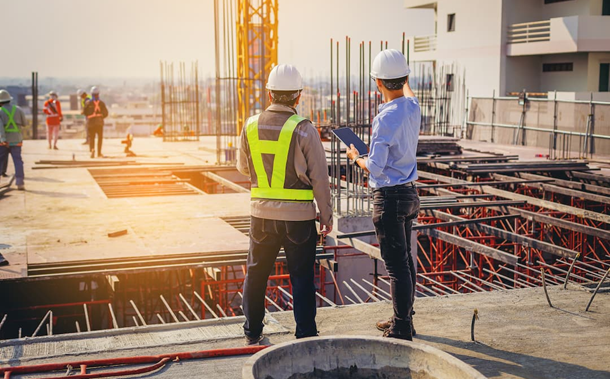The Effectiveness of Inclined Pile Breakwater on the Transmission Coefficient
Downloads
Doi:10.28991/CEJ-2024-010-06-09
Full Text:PDF
Downloads
[2] Wang, G., Ren, B., & Wang, Y. (2016). Experimental study on hydrodynamic performance of arc plate breakwater. Ocean Engineering, 111, 593–601. doi:10.1016/j.oceaneng.2015.11.016.
[3] Hayashi, T., & Kano, T. (1966). Hydraulic Research on The Closely Spaced Pile Breakwater. Coastal Engineering Proceedings, 10, 49. doi:10.9753/icce.v10.49.
[4] Alsaydalani, M. O., Saif, M. A. N., & Helal, M. M. (2017). Hydrodynamic characteristics of three rows of vertical slotted wall breakwaters. Journal of Marine Science and Application, 16(3), 261–275. doi:10.1007/s11804-017-1427-5.
[5] Peng, J., Li, K., Gu, S., & Cong, Y. (2023). Numerical simulation of the interaction between waves and pile breakwater with horizontal slotted plates. Ocean Engineering, 287, 115777. doi:10.1016/j.oceaneng.2023.115777.
[6] Laju, K., Sundar, V., & Sundaravadivelu, R. (2011). Hydrodynamic characteristics of pile supported skirt breakwater models. Applied Ocean Research, 33(1), 12–22. doi:10.1016/j.apor.2010.12.004.
[7] Oumeraci, H. (1994). Review and analysis of vertical breakwater failures - lessons learned. Coastal Engineering, 22(1–2), 3–29. doi:10.1016/0378-3839(94)90046-9.
[8] Le Xuan, T., Nguyen Cong, P., Vo Quoc, T., Tran, Q. Q., Wright, D. P., & Tran Anh, D. (2022). Multi-scale modelling for hydrodynamic and morphological changes of breakwater in coastal Mekong Delta in Vietnam. Journal of Coastal Conservation, 26(3), 18. doi:10.1007/s11852-022-00866-3.
[9] Hayashi, T., Hattori, M., Kano, T., & Shirai, M. (1966). Hydraulic Research on the Closely Spaced Pile Breakwater. Coastal Engineering in Japan, 9(1), 107–117. doi:10.1080/05785634.1966.11924676.
[10] Elsheikh, A. K., Mostafa, Y. E., & Mohamed, M. M. (2022). A comparative study between some different types of permeable breakwaters according to wave energy dissipation. Ain Shams Engineering Journal, 13(4), 101646. doi:10.1016/j.asej.2021.11.015.
[11] Simanjuntak, E. M., Eliasta, L., Ginting, J. W., & Putra, I. A. I. D. R. (2019). Modelling Wave Dissipation on Pile Breakwater Using Xbeach. Jurnal Teknik Hidraulik, 10(1), 1–14. doi:10.32679/jth.v10i1.605.
[12] Nurzaman, L., Juwono, P. T., Dermawan, V., & Wijatmiko, I. (2024). Wave Transmission Coefficient of Inclined Pile Breakwater Based on a Physical Model. Journal of Law and Sustainable Development, 12(2), e2911. doi:10.55908/sdgs.v12i2.2911.
[13] Anas, M.A, (2014). Study of series stacked porous concrete block breakwaters. Teknik Sipil UNHAS, South Sulawesi, Indonesia.
[14] Wurjanto, A., Ajiwibowo, H., & Zamzami, R. (2010). 2-D Physical Modeling to Measure the Level of Effectiveness of Perforated Skirt Breakwater in the Long Wave Category. Jurnal Teknik Sipil, 17(3), 211. doi:10.5614/jts.2010.17.3.7.
[15] Sulaiman, D. M., & Larasari, A. A. (2017). Beach rehabilitation with wave breakers made of insulated round bamboo piles. Simposium II UNIID 2017, 2(1), 443-449. (In Indonesian).
[16] Ji, C. Y., Zheng, R. S., Cui, J., & Wang, Z. L. (2019). Experimental evaluation of wave transmission and dynamics of double-row floating breakwaters. Journal of Waterway, Port, Coastal, and Ocean Engineering, 145(4), 04019013. doi:10.1061/(ASCE)WW.1943-5460.0000515.
[17] Koftis, T. H. E. O. H. A. R. R. I. S., Prinos, P. A. N. A. Y. O. T. I. S., & Aftias, M. I. C. H. A. E. L. (2012). Experimental study of a multiple-row pile breakwater. 4th International Conference on the Application of Physical Modelling to Port and Coastal Protection. 17-20 September, 2012, Ghent, Belgium.
[18] Hayashi T, Hattori M, & Shirai M. (1968). Closely Spaced Pile Breakwater as Protection Structure Against Beach Erosion. Coastal Engineering Proceedings, 1, 606–621. doi:10.9753/icce.v11.39.
[19] Herbich, J. B., & Douglas, B. (1988). Wave Transmission Through a Double-Row Pile Breakwater. Coastal Engineering Proceedings, 21, 165. doi:10.9753/icce.v21.165.
[20] Rao, S., Shirlal, K. G., & Rao, N. B. S. (2002). Wave transmission and reflection for two rows of perforated hollow piles. Indian Journal of Marine Sciences, 31(4), 283–289.
[21] Sollitt, C. K., & Cross, R. H. (1972). Wave Transmission Through Permeable Breakwaters. Coastal Engineering Proceedings, 13, 99. doi:10.9753/icce.v13.99.
- Authors retain all copyrights. It is noticeable that authors will not be forced to sign any copyright transfer agreements.
- This work (including HTML and PDF Files) is licensed under a Creative Commons Attribution 4.0 International License.![]()







